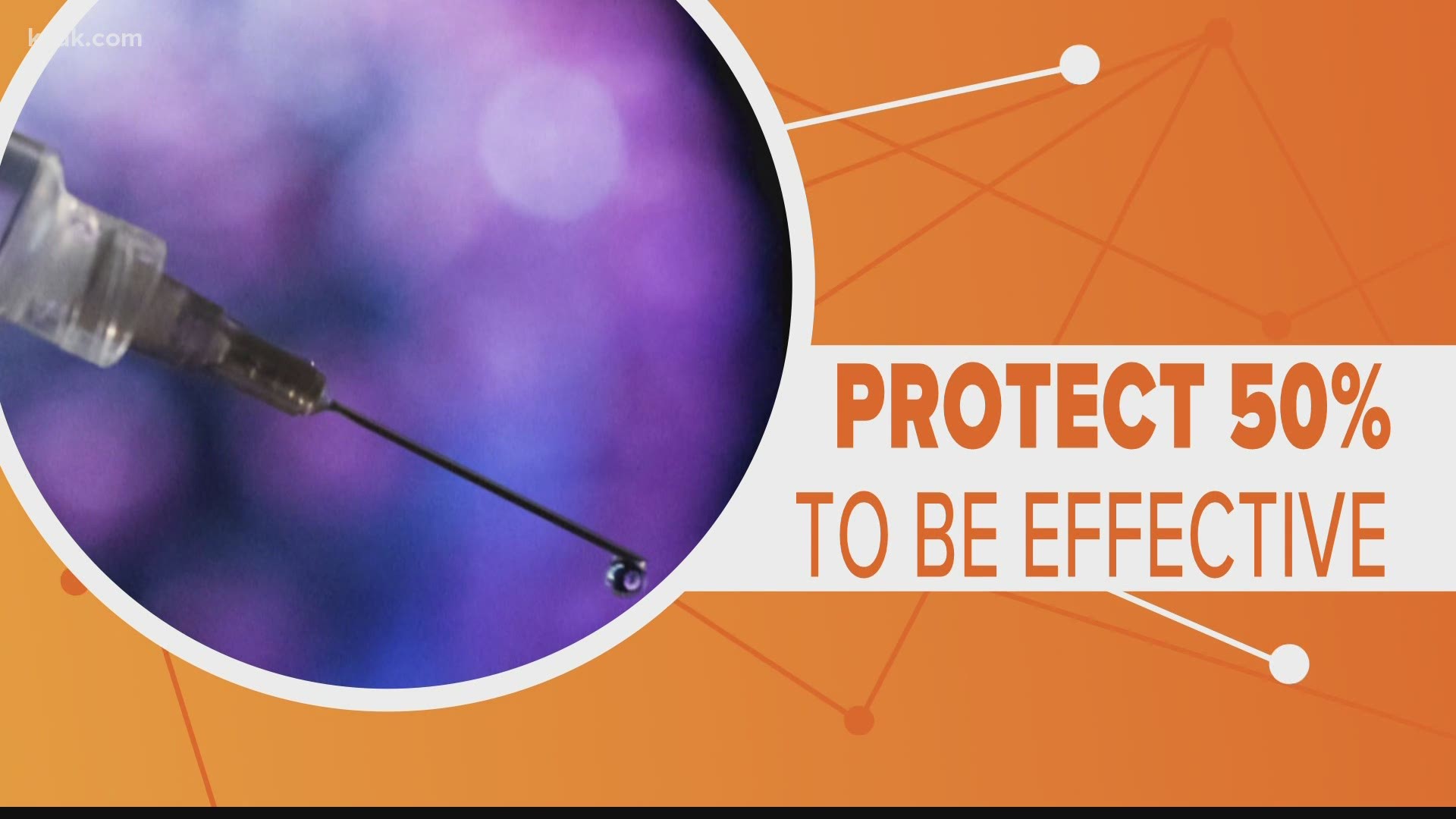ST. LOUIS — There's been a lot of talk of a COVID-19 vaccine and just how soon it could be available to the public. So, we wanted to see what it takes to produce one.
In order to fully understand how a vaccine comes to be, let's first look at what it is. According to the CDC, a vaccine is a product that stimulates a person's immune system to produce immunity to a specific disease, protecting the person from that disease.
So, how are these potentially life-saving immunizations made?
First, scientists identify an antigen. An antigen is a piece of a germ that triggers the body’s immune system to respond and attack by creating antibodies.
Once the antigen is created, it's isolated and removed from the cells to release as much virus as possible. It’s then purified and strengthened to enhance its effectiveness.
Before a vaccine can be approved for distribution, it goes through pre-clinical evaluations where it’s given to animals to test for toxicity.
From there, it goes through three phases of human clinical trials. In the third phase, thousands of people receive the vaccine or a placebo to test how effective and safe it is.
Currently, there are nine COVID-19 vaccines in phase three clinical trials, three of them are here in the U.S.
According to the FDA, a coronavirus vaccine would have to protect at least 50 percent of the vaccinated people to be considered effective.

